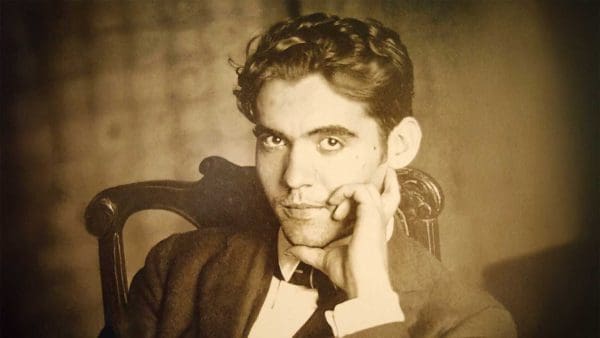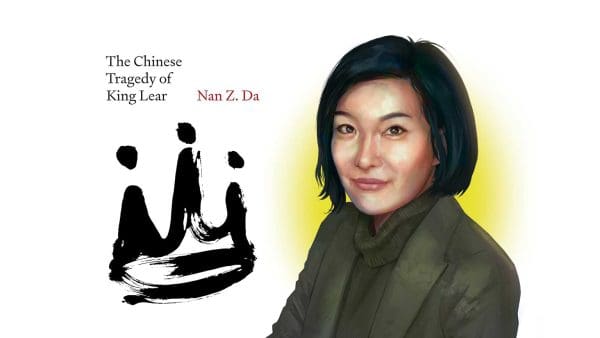In the retina, the thin tissue carpeting the back of the eye, an intriguing type of cell functions as the biological equivalent of an alarm clock. Melanopsin cells are critical for setting the body’s circadian rhythm. “They detect environmental light levels and signal this information to brain regions involved in controlling the sleep/wake cycle,” says Hannah Joo ’12, a Woodrow Wilson Fellow who has been studying melanopsin cells in the lab of Johns Hopkins neuroscientist Samer Hattar. Without them, “we’d all be sleeping as irregularly as newborns.”

Hannah Joo ’12 is searching the country for keys that will unlock the secrets of how the brain communicates with the eye.
Photo: Will Kirk / Homewoodphoto.jhu.edu
For almost 15 years, scientists have known that melanopsin cells are critical for regulating circadian rhythms by signaling information to the brain. In a phenomenon known as “retinal remodeling,” however, the retina itself also changes the way it processes light over the course of the day—that is, it has its own circadian rhythm. Melanopsin cells only contact regions in the brain; the mechanism for feedback of their light information to the retina itself remains unknown.
Working in the Hattar lab, Joo studied the anatomy of melanopsin cells in mice. One subtype was anatomically unusual, and Hattar emailed colleagues around the country asking if they had seen similar evidence in other animals. Dennis Dacey, a biologist at the University of Washington in Seattle, who studies the primate visual system, was the only one to respond.
By coincidence, Joo, a native of Redmond, Wash., had been working in the Dacey lab on breaks and during summers the previous two years.
Since then, Joo has been the link in a cross-country, cross-species analysis of this cell type. “As far as anyone knew, all retinal ganglion cells, including melanopsin cells, only contact brain nuclei. So there was this question of, ‘Well, how does the retina itself get this information?’ This cell type might be an elegant answer to that question.”
She presented a poster on the subject last fall at the Optical Society of America conference and hopes to have her research published this year. Her work in the Dacey lab on another retinal cell type that may play a role in color vision was published in Visual Neuroscience in 2011.
As another part of her Wilson project, the neuroscience major—who has also always wanted to be a writer—has been working on a series of essays with William Evans, a senior lecturer in Hopkins’ Expository Writing Program.
All these projects factored into Joo’s selection as a 2012 Churchill Scholar, an honor bestowed on just 14 college students nationwide for original accomplishments in the advancement of science, engineering, or mathematics. It funds a year of study at University of Cambridge in England.
If all this sounds like Joo has a full plate, she does—and that’s the plan. The 21-year-old will pursue a master’s degree in neuroscience at Cambridge in the fall, and then she plans to earn an MD/PhD. “I’d like to treat patients and have my own lab,” she says. “I want three careers: neurologist, researcher, and writer.”




